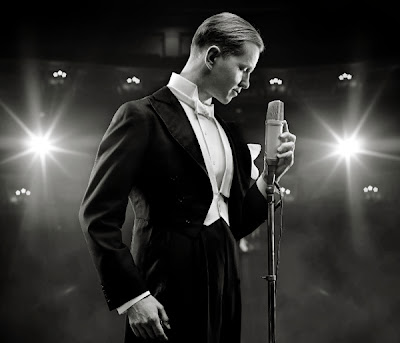 |
| My 1939 Union Label Suit With 40s Fedora |
When I first started this blog, it was a class assignment to write on a topic of my choice; I did this for two classes actually; and it's been really fun.
Ever since I started, I thought about continuing even after my classes, and I have decided that I will continue to blog.
Although I've done some writing for my school paper before, I'd never blogged, and so it was a new experience. I find it much more fun than newspaper work though, because I get to post all my own photos and keep what I want rather than force editing. I also get to promote the blog on the Facebook page, and I get to see the stats for the blog.
Aside from all that, I like the idea of providing a service to those who seek it. I started the blog with the purpose of creating a source within the reenacting community for civilian wear, since most is military. I also started for those interested in business and formalwear, so I wanted to give a chance for people to find better business and formal clothing. I think period clothing, suits, can be used for wearing even in these modern times; I think they look better, and they are definitely made better. I think that those who enjoy reenacting would especially like to have some period civilian clothing, both for events and just whatever occasion they want to dress up for. Even if it's just for wearing a suit everyday, which I used to do, until I started to re-organize my wardrobe(which I'm still doing).
Some have told me of their enjoyment in the blog, which I greatly am honored by. I'm glad that I can write on things that people actually want to hear about, and provide them with sources to find what they are looking for. Thank you for reading my posts, there are more coming for the future!
I like how older clothes are more practical. I grew up on older movies and spent a lot of time with my granddad growing up, so I've been heavily influenced to like these things, but it has long been my choice to continue loving them.
Just as I have continued to love those things, so have I continued to love writing this blog, and as long as I can think of relevant things to write.
Thank you so much for following along and reading what I have to say! I'll do my best to not disappoint for the future either!
 |
| My Late 1940s/early 1950s Army Air Corps Officer's Uniform with WWII Private Purchase Hat I Borrowed |















































































